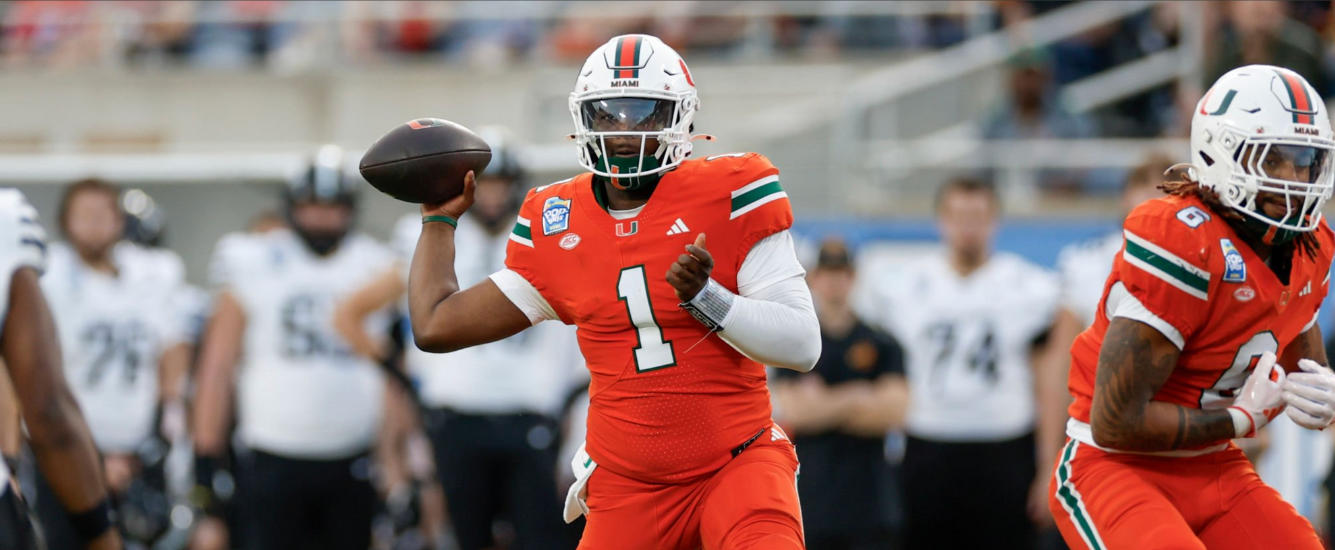The NFL preseason is underway and training camp blurbs are flooding the internet. The NFL season is near. The firehose of news can be overwhelming, but it’s one of the keys to forming each players’ range of outcomes. Whether it’s a sleeper already running with the starters or a shiny rookie playing with the third team, we’re learning more each day about the floor and ceiling of each player. In redraft, it’s easy (perhaps optimal) to downplay some of these early-season indicators in favor of stronger late-season indicators. Best ball is different. Each player we draft is eligible to score points for our team starting in Week 1. We can’t put the probable late-season breakout on our bench in favor of a steady veteran.
This article will explore the impact of slow starts, injuries, bye weeks, and more on your best ball team. When a player scores zero points in a week, how is your team impacted?
The data used in this analysis has been generated via my best ball simulation tool. I’ve generated 12 million teams to grant insight into the true nature of best ball, untainted by individual player outcomes and unintended correlation. You can learn more about how the data is generated and the advantages of simulations in my first article in this series.
You Can’t Ignore Bye Weeks, but They Won’t Crush Your Teams
Bye weeks are a hot topic every draft season. They’re easy to ignore, but some folks insist that they’re a minefield that sharp drafters must navigate. I think it’s easiest to start with the “onesie” positions since they have the fewest players and therefore least complexity. The possible outcomes of a two quarterback team in the best ball regular season are:
- No shared bye weeks: You’ll score 12 weeks with both QBs active and two weeks with one QB active.
- A shared bye week: You’ll score 13 weeks with both QBs active and one week you’ll score zero at QB.














